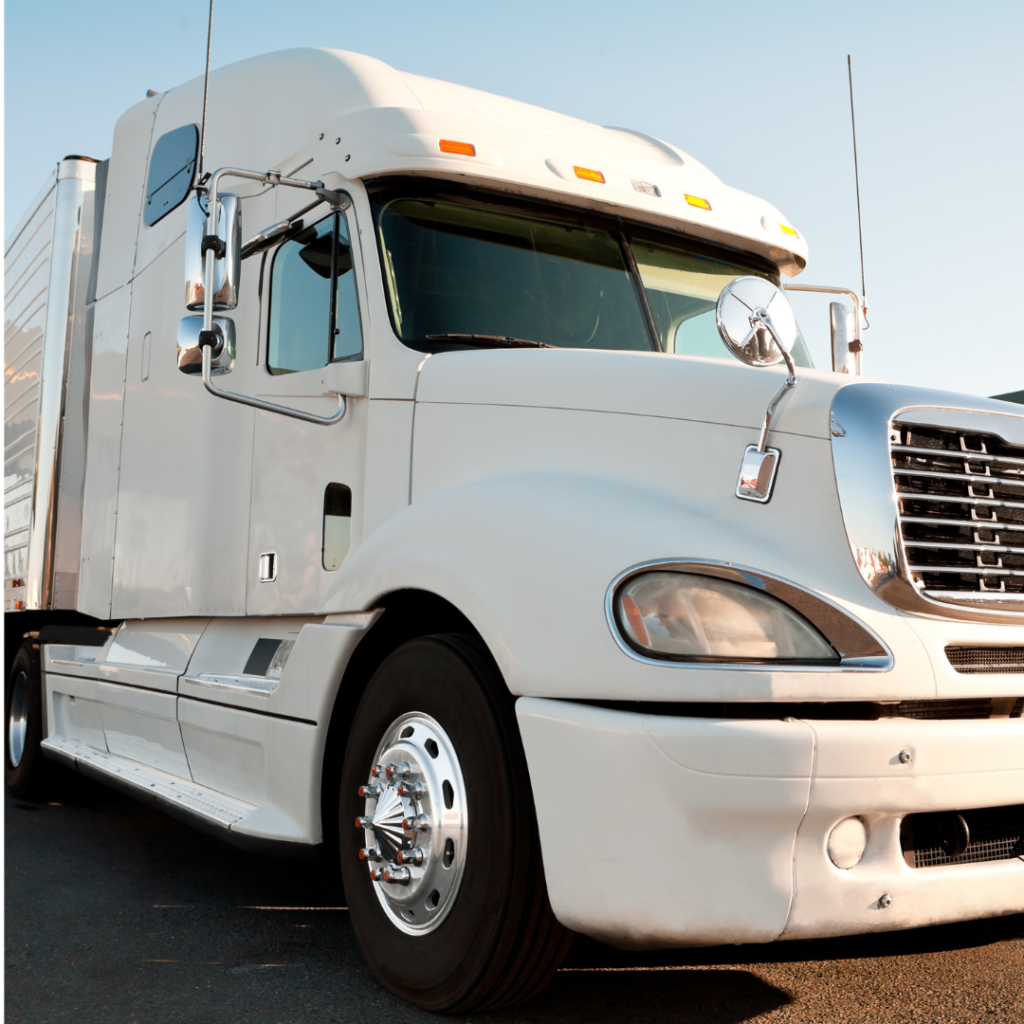March 30, 2015
Motor Carrier Safety Tips

Safety is one of the most important aspects for motor carriers. Not only do you need to look out for yourselves, but you also need to look out for other drivers. That being said, when it comes to truck driving, having control of the truck is a must and knowing safe-driving tips is a great way to start. Let’s dive into some tips when it comes to trucking.
1. Driving Large Trucks
People are aware of 18-wheeler trucks, but there’s more to Commercial Motor Vehicles (CMV) than just that truck. CMVs range in size from small trucks to extremely large oversized trucks. Depending on the Gross Vehicle Weight Ratings, truck drivers may need a commercial driver’s license (CDL). Other than the CDL, depending on the type of equipment you are driving, additional endorsement may be required, such as to haul double and triple trailers or tankers.
Those desiring a CDL must pass a general knowledge test and a skills test. These skills test proves that the driver can demonstrate stopping, backing, making turns, driving on city and highway roads, and weaving a truck through a course.
2. Blind Spots and No-Zones
One common thing truck drivers should always be aware of is blind spots. There is a campaign called the No-Zone that has made it a goal to increase awareness of the No-Zones. These are danger areas such as blind spots and around commercial vehicles in which cars disappear from view.
Some motor carriers place signs on their trailers in driver blind spots that actually state “WARNING YOU ARE IN MY BLIND SPOT.”
3. Speed
Speed plays a large part in being a motor carrier. Professional motor carriers who practice safe driving do not drive so fast that they cannot safely stop their vehicles without being involved in a collision. It takes longer to accelerate and longer to brake a large truck than a car. According to the Fatality Analysis Reporting System (FARS) of National Highway Traffic Safety Administration (NHTSA), speeding was the number one factor involved in fatal large truck crashes in 2009.
4. Weather
Professional motor carriers who practice safe driving know that stopping distance can be effected by weather. Motor carriers need to drive for conditions, which will allow for room to stop when precipitation is falling or accumulating on the ground. The most dangerous conditions are when traction is lost because it prevents the vehicle from responding to driver control resulting in hydroplaning, sliding on ice patches or even jackknifing. Drivers of larger trucks should NEVER use an engine brake in wet weather because it could cause the traction to be lost.
Other weather conditions can be just as harmful though not as wet. This includes fog, wind, blowing sand and even bright sunlight. The secret to driving in any hazardous situation is to slow down and know when to stop. This will keep you and all other drivers safe on the road.
5. Stopping Distance
We’ve already mentioned stopping distance in bad weather conditions and speeding, but there’s more to discuss. Loaded rigs take longer to stop than a four-wheeled vehicle. However, professional motor carriers need to allow an even greater amount of total stopping distance based on conditions.
Driving in the following situations require a greater stopping distance:
- At night
- On secondary roads
- In hilly or mountainous areas
- Curvy roads
Braking and stopping distance are also affected by a truck’s weight. There are huge differences in stopping ability between
- Truck with a loaded trailer
- Truck with an empty trailer
- Driving the tractor only
6. Momentum
When operating a motor vehicle, truck drivers need to be aware and anticipate other drivers’ actions. Part of training involves looking down the road much further than the typical driver does, which can be hard to do on curvy or hilly roads.
7. Turns and Curves
Motor carriers should always remember to slow down in turns. Oftentimes the speed limit on ramps is geared for smaller vehicles, not CMVs. Failure to slow down may lead to rollover accidents.
When approaching a ramp, drivers of big trucks must adjust their speed. When the speed is properly reduced, the truck’s tires maintain contact with the road at all times. If the speed is not properly reduced, the truck’s tires will lose contact with the road.
Rollover accidents can happen for various reasons including taking a curve too fast, overcompensating to get back on the road when your tires slip off the road, and high winds.
8. Space Cushion
Being a motor carrier means constantly monitoring the “space cushion” around their trucks to make sure they are not too close to other objects, whether stationary or moving.
Drivers should be concerned about the following cushioning spaces:
- Height above for tunnels, overpasses and low clearances
- Surface beneath for sloped and uneven roads, potholes, speed bumps, road hazards, slipperiness, accumulated precipitation, and weight restrictions.
- Forward space in front for long distance following and turning space.
- Rear space behind for vehicles behind you and backing up space.
- Space on both driver side and passenger side for negotiating parking places, tollbooths, tunnels and bridges.
9. Hazards and Visibility
Regardless of the time of year, drivers of all vehicles need to watch out for the following hazards:
- Road hazards such as uneven lanes, rough roads, ruts, and potholes
- Objects in the road such as pieces of tires, trash, and animals
- Traffic and congestion
- Pedestrians walking along the road
- Lane restrictions
- Vehicles on the road and shoulder
Visibility can be challenging at night or in adverse weather conditions, making it harder to spot obstacles on the road. For this reason, motor carriers should never exceed the range of their headlights and should always be ready to slow down or stop when necessary. Keeping windshields clean is also crucial for maintaining a clear view of the road ahead.
Using your lights isn’t just important at night—it’s also beneficial during dawn and dusk. Additionally, flashers should be activated whenever you experience a sudden slowdown in traffic or when traveling at speeds below 40 mph, such as when hauling a heavy load up a steep hill.
Safety is not just a concern for truck drivers—it’s essential for everyone on the road. At Motor Carrier HQ, we’re dedicated to making our roads safer for all. For more tips and insights on safe driving practices, visit our blog.
If you need assistance obtaining your motor carrier authority, we’re here to help. Call us at 866-739-2032 or email us at info@motorcarrierhq.com.
2024 Update


